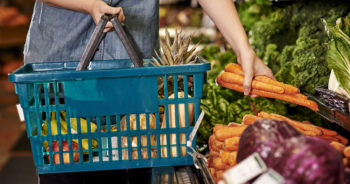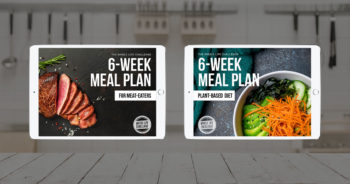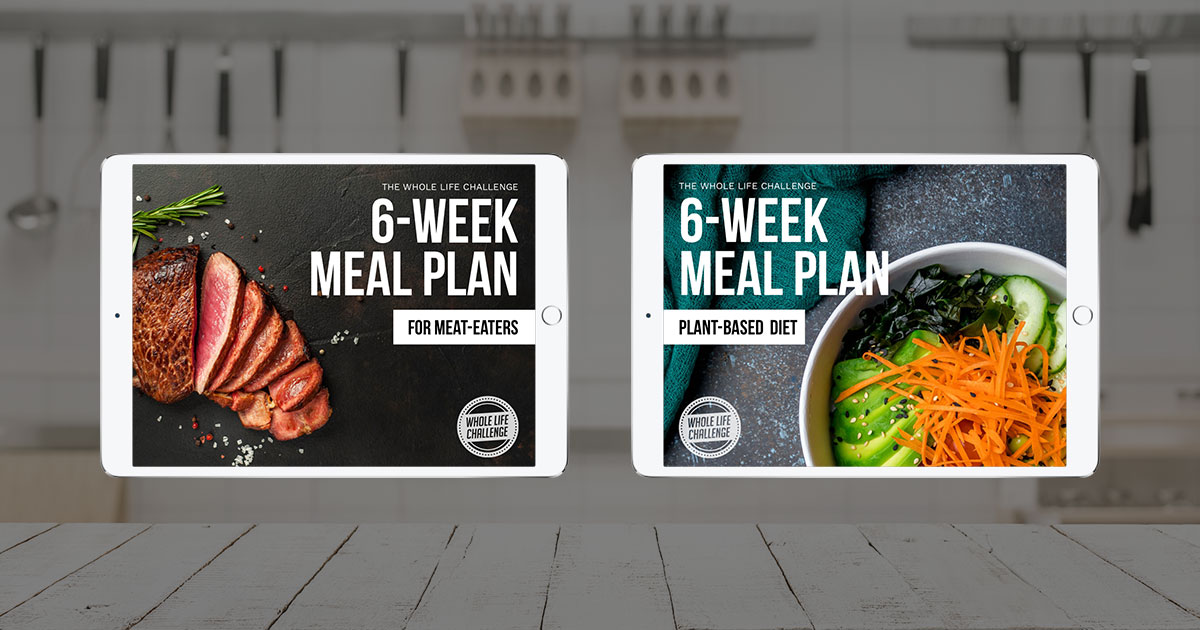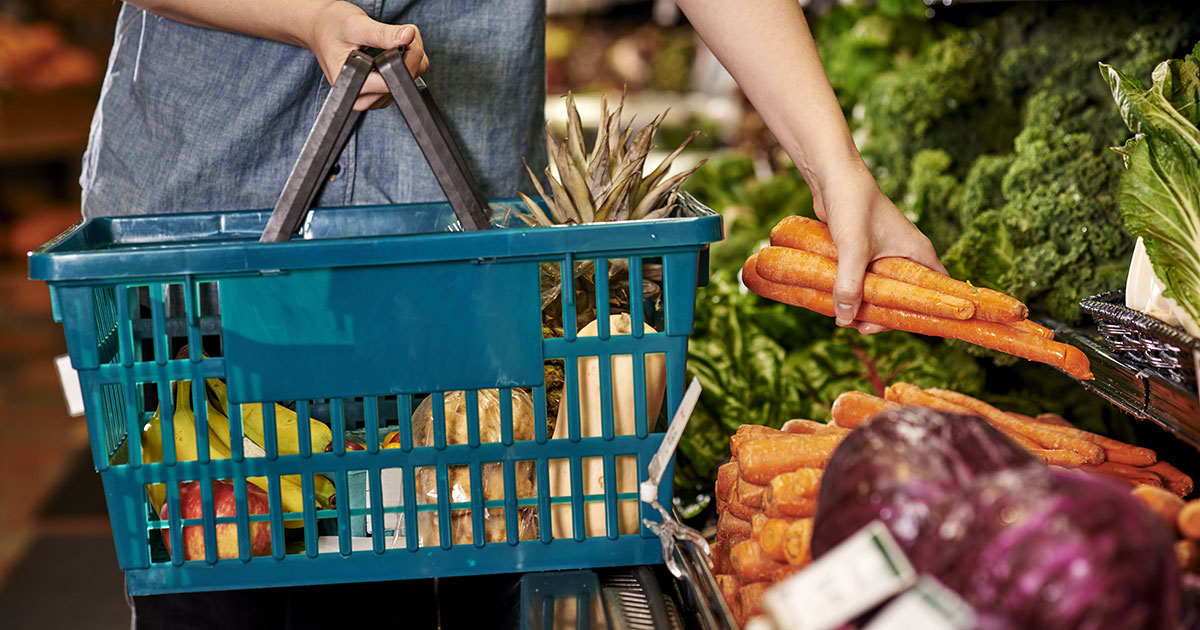 Reading Time: 5 minutes
Reading Time: 5 minutesOne of my wife’s favorite meals is a meat loaf I make (heavy on the vegetables—we call it beetloaf) and roasted broccolini with a spicy lemon and pine nut dressing. If I made it once a week she wouldn’t complain. That makes my life easy.
Meal planning can be a real bugger. For people who love food, it’s easy to fall into the trap of needing to make something new, interesting, or exotic every time you make dinner. And nothing could be further from the truth.
Dinner, and daily meals in general, is really about putting good food on the table. If culinary inventiveness is a passion of yours, there are some good careers out there for you. But if it’s not, if cooking a solid meal to feed yourself and your family each night is important to you, getting some “programming” going is as helpful as it is with exercise.
Just like a good exercise program, we don’t need to do something new and different each time we step into the kitchen. Having a repertoire of solid basics with a few twists and combos you can use to change things up now and then is the foundation of a great dinnertime routine.
The Whole Life Challenge is about building the foundations of a healthy lifestyle. And the foundation of the foundations is habit and routine. There is no better way to establish habit and routine than to build on the basics. That is what meal programming is about. Cooking good, nutritious food well on a regular basis, without spending more energy on it than you need to.
Think of a neighborhood restaurant. They might have a Monday Meatloaf night, Roast Chicken Tuesday, or Summer Salad Fridays—their “specials.” They don’t try and reinvent the wheel every week, they just master and crank out the basics. Everyone loves them and keeps coming back for more.
And the restaurant doesn’t just do it for the customers, they do it for themselves. It makes planning, purchasing, and preparation a snap. The cooks don’t have to think, they just have to do what they’re there to do—cook a great meal. You can treat your home kitchen like the pros.
With some “specials” and a little planning you can make trips to the supermarket simple and dinner time efficient and easy. Start your program with five “specials.” Simple things like: meatloaf night, breakfast for dinner, chunky salad night, roast night, fajita night, etc. Put them on the Monday through Friday schedule, pair them with your favorite easy sides (remember, this isn’t Top Chef, it’s Feed the Fam!), and make a shopping list for the week. When Monday rolls around you’ll know what you’re cooking and you’ll have the ingredients—the hardest part is done.
| Monday | Tuesday | Wednesday | Thursday | Friday |
|---|---|---|---|---|
| Turkey Meatloaf with roasted sweet potatoes | Easy frittata with spinach salad | Chunky summer salad with sauteed chicken breast | Roasted pork loin with broccolini and pine nuts | Fajitas! |
Once you know what you’re making (and who you’re making it for), making a shopping list from a recipe you have in a cookbook or on a website is simple. And once you’ve done it once, you’ll even start to have a shopping list database for each basic recipe.
| Versatile Frittata for 6 | Frittata Shopping list |
|---|---|
|
|
Personally I like to do this in a spreadsheet with one column for the ingredients, one for the recipe quantity, and one for the shopping list quantity:
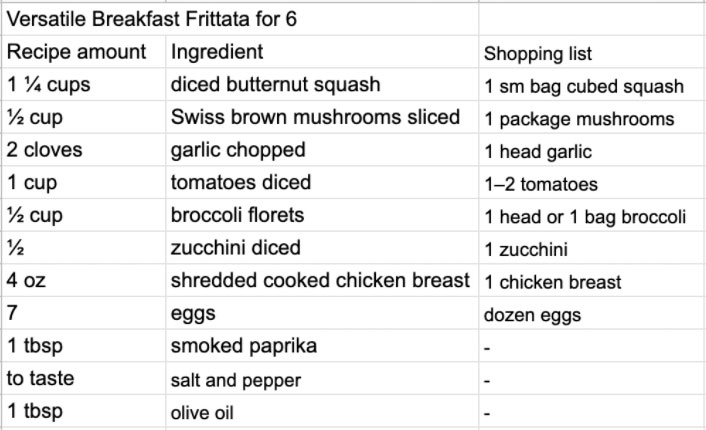
The spreadsheet makes it easy to combine shopping lists by copying and pasting from saved individual recipes and adjusting shopping list quantities accordingly for duplicate ingredients from different recipes to make a master list for the week.
You can repeat this with variations on the theme each week or come up with five or ten more—steak night, chili night, pork chops night, roasted salmon, pot roast, you name it—and rotate through the weeks.
One of my fondest memories from childhood is the dinners my mom would make over and over: Flank steak marinated in Paul Newman’s Italian dressing, tuna noodle casserole with Ruffles on top (what can I say, we didn’t do the WLC back then), meatloaf with hard boiled eggs cooked in the middle. No one minds eating their favorites on a regular basis.
Once you step back and simplify the process, each week becomes easier and easier.
And if you’re not up for the planning, don’t worry! We’ve got you covered.
The Whole Life challenge 6-Week Meal Plan (for meat eaters and for plant-based eaters) provides 6 weeks for programming for dinners, planning for lunch using leftovers, plus meals you can batch cook on the weekends to help ensure you’ve got breakfasts, lunches, and snacks for the coming week—all complete with recipes. You’ll find recipes for each meal in the program, plus lots of extra breakfast and snacks to pick and choose from, and a shopping list for each week!
On the Whole Life Challenge or off, it’s always a good time for healthy eating. Using the power of planning and habit to help make it a reality is key. There are things in life we should spend a lot of time on, things that aren’t “routine”—our family, our friends, our body, our minds. You can save your time and energy for the things that matter most by building habits and practices to handle the rest.
Click here to purchase our 6-Week Meal Plan to help kick-start your Meal Planning practice!
